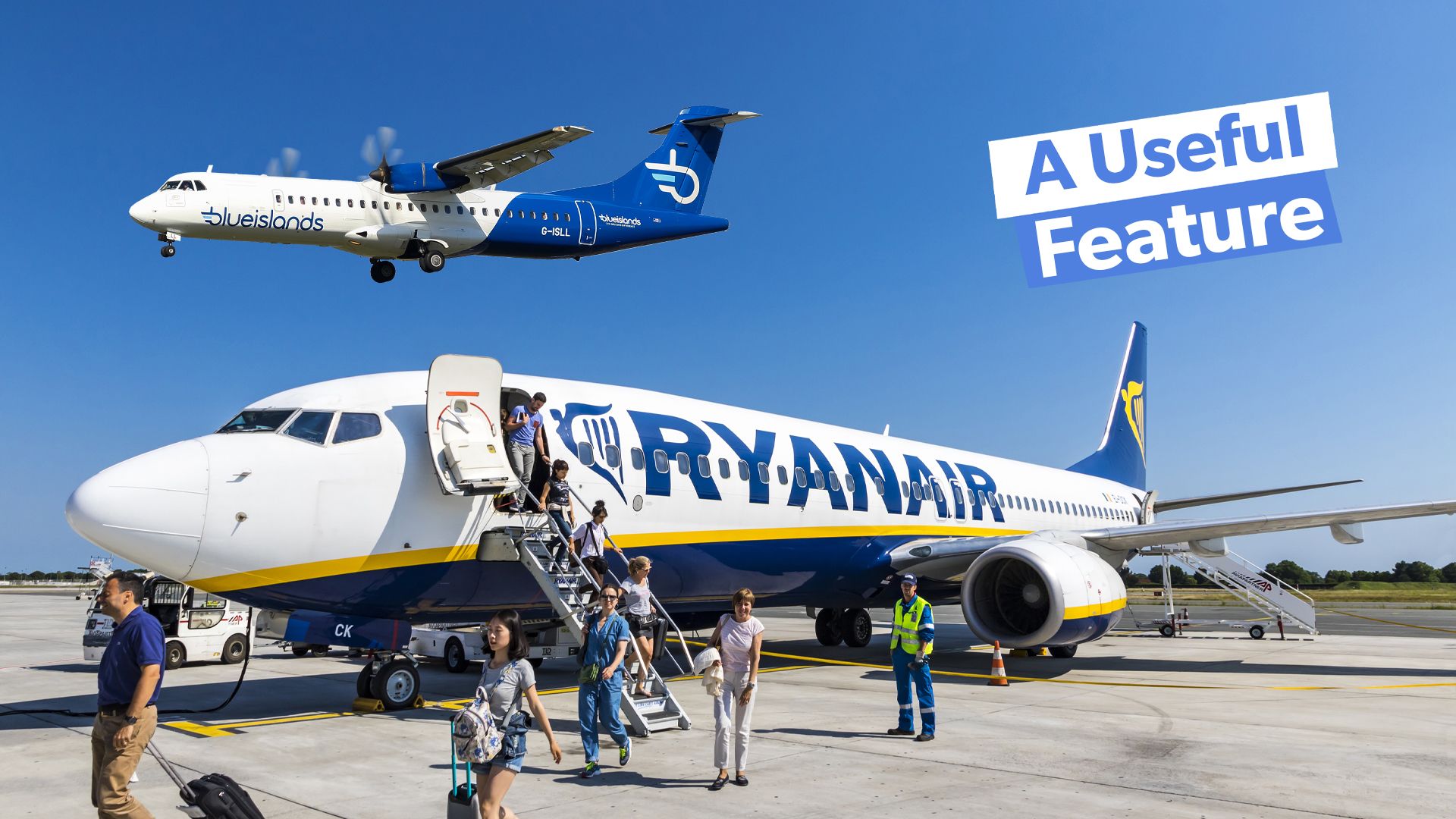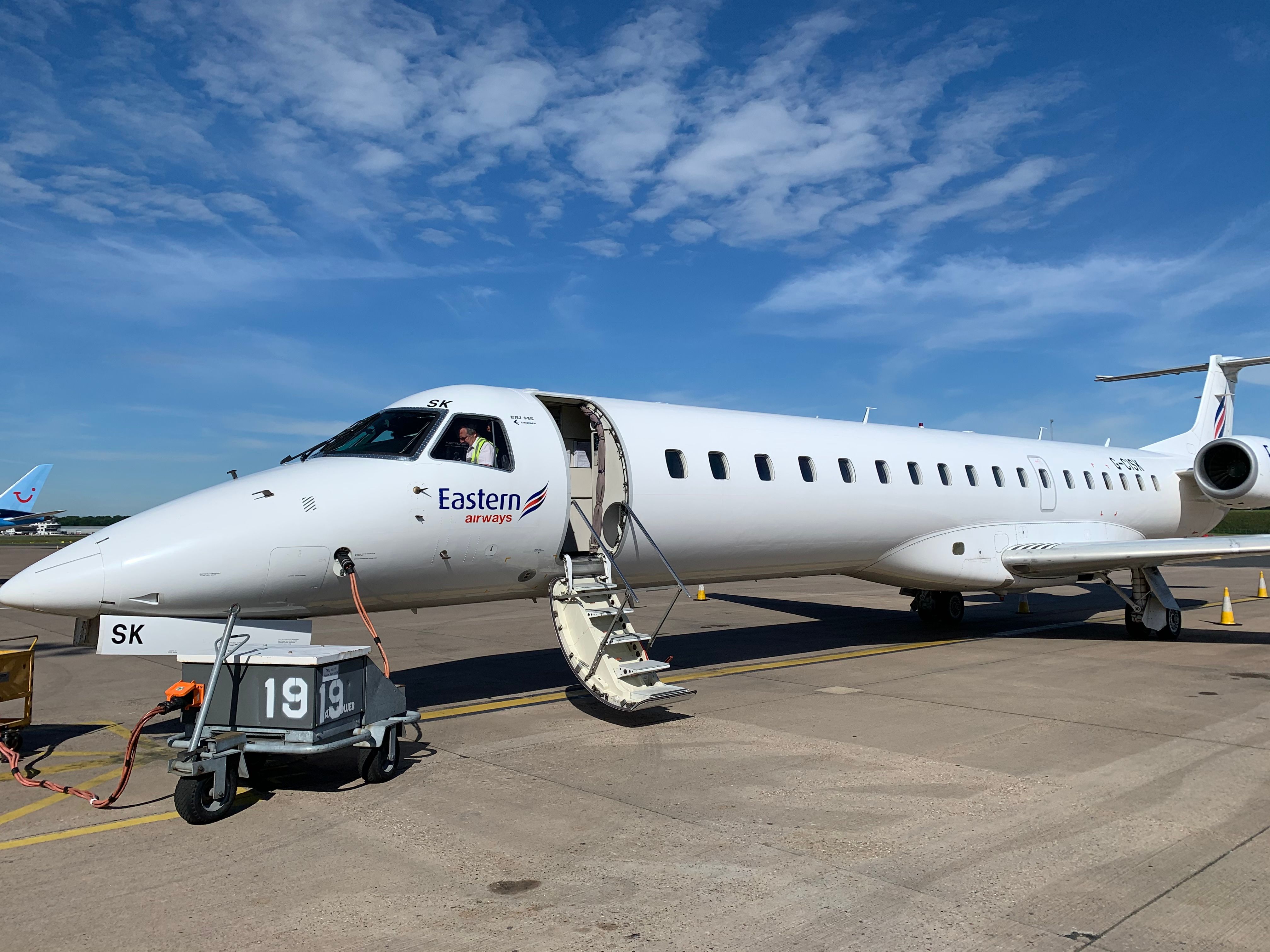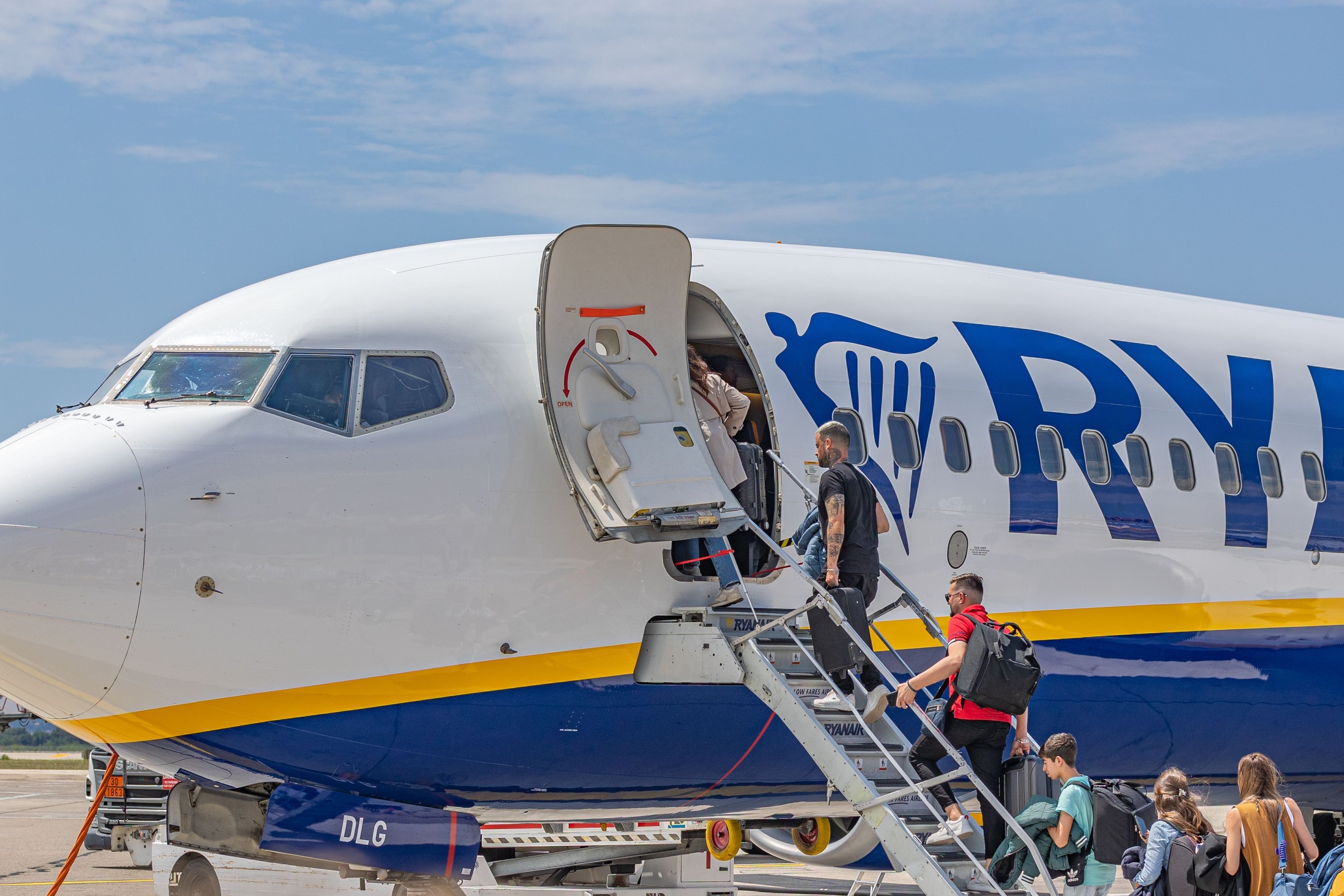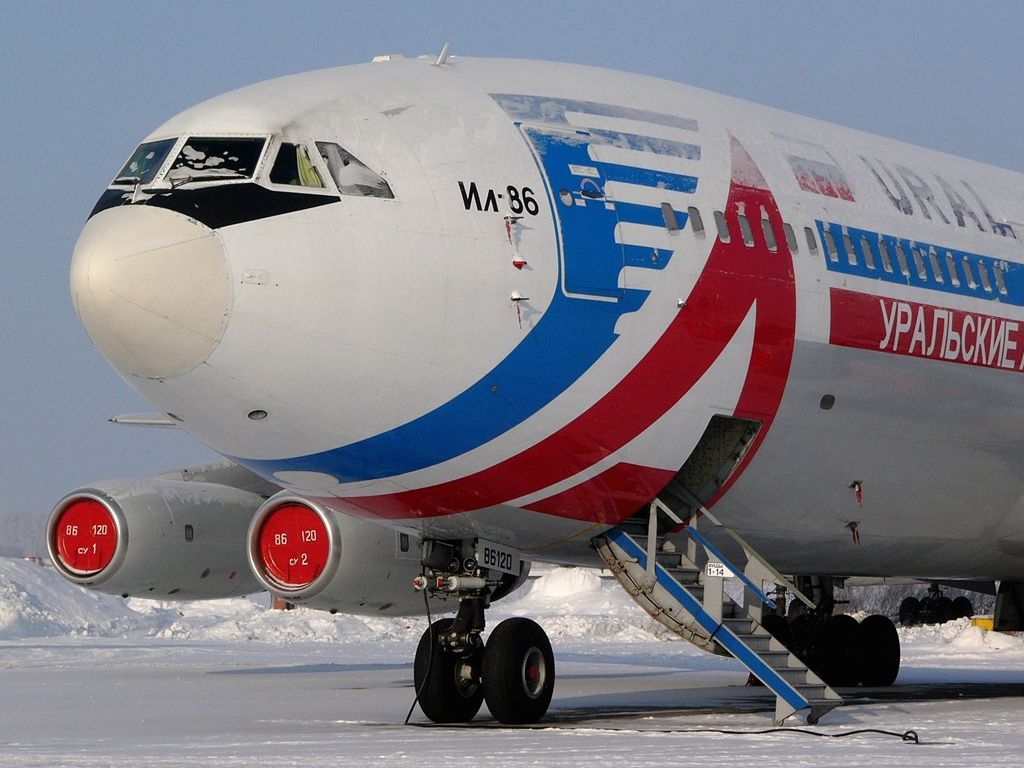Summary
- Most large airports use jet bridges offering passengers direct access onto aircraft, while small airports often rely on airstairs due to lower costs.
- Airstairs in smaller planes, like the Boeing 737, allow for quicker turnarounds compared to jet bridges.
- Widebody planes rarely have airstairs due to their size and distance from the ground. Few widebodies, like the Ilyushin Il-86, have built-in stairs for boarding.
When boarding an aircraft, jet bridges have become the norm for passengers who are used to flying out of big international airports and most large city airports in North America. A jet or sky bridge is an elevated, enclosed walkway connecting the terminal gate to the plane. Having a jet bridge helps keep passengers warm and dry and removes the need to walk to the terminal or wait for a bus to come and take you to or from the plane to the terminal.
Jet bridges are the norm
When boarding an aircraft at a commercial airport, jet bridges are the most common way to board. These offer direct access from the terminal onto the aircraft. Mobile stairs are frequently used as well, especially by low-cost airlines, and these are generally lower cost for the airline.
Jet bridges are expensive
Having said that, jet bridges are not the norm at smaller regional airports and never will be due to the costs involved. Some airlines also dislike jet bridges, with Irish budget airline Ryanair a prime example. When airports invest in jet bridges, they charge the airlines for their use. Low-cost carriers like Ryanair don’t want to pay additional costs and rely on fast turnarounds to help make a profit.
Using remote stands is a common alternative. But airstairs built into the aircraft work as well.
Airstairs come with significant advantages when it comes to smaller airports, but potential cost savings risk being offset by increased weight. There are quite a few advantages to having airstairs:
- They help with fast passenger turnarounds
- They are helpful at airports that have limited mobile stairs or rural landing field
- They allow passengers to board and disembark the plane without the need for airport ground staff help
The disadvantages of airstairs are:
- They can sometimes malfunction or become stuck
- They need to be maintained
- They add weight to the plane, which affects fuel consumption
Many small passenger planes have airstairs
Some of the earliest aircraft to feature airstairs were the Martin 2-0-2 and Martin 4-0-4, and the Douglas DC-3 retrofitted with them. In the early days, when airports lacked the facilities they have today, nearly all small passenger airliners, like the French-built Sud Caravelle, featured stairs in the rear fuselage beneath the tail.
American aircraft manufacturers installed similar stairs on the McDonnell Douglas DC-9 and MD-80 family of narrowbody jets. Over in Europe, the British Aircraft Corporation (BAC) incorporated rear stairs in the BAC One-Eleven. The most famous aircraft with retractable stairs under the fuselage was the Boeing 727. Built to be used on shorter runways and at airports with limited facilities, besides the built-in stairs, the Boeing 727 had its own power supply and nose wheel brakes.
Photo: Shutterstock | Colinmthompson
Most small passenger aircraft today have built-in stairs, including aircraft popular on commuter routes, such as the Embraer ERJ-145 (above). On many turboprops and private jets, the stairs are often built into the door and extend to the ground, while others use folding stairs that are lowered from the cabin.
The Boeing 737
The Boeing 737 is certainly the most common large commercial jet to have airstairs available. Because the Boeing 737 is low to the ground, the aircraft only needs 12 steps to get from the cabin to the ground, which means it is reasonably light. Boeing offers its 737 customers the option of having fold-away stairs at the front and rear of the cabin.
Ryanair loves this as it can load and offload passengers from the front and back of the plane, allowing turnarounds that take less than 30 minutes. If a jet bridge is used, passengers can only disembark and board from the front of the aircraft.
Ryanair is the main user of these built-in stairs, but a few other airlines (including WestJet) use them on some aircraft.
Photo: page frederique | Shutterstock
The Airbus A320 is not generally available with built-in air stairs. One reason is that it did not inherit the feature from earlier models (as the 737 did). The distance above the ground is also more with the 737, meaning longer (and heavier) stairs would be needed. Some private aircraft do have stairs.
Very few widebodies have stairways except for the ones between decks.
Except for the Lockheed L-1011, the Ilyushin Il-86, and the Air Force One VC-25 aircraft, few widebody aircraft rarely have airstairs. The doors are significantly higher above the ground than smaller aircraft.
Photo: Chris Allan | Shutterstock
What is interesting about the Russian Ilyushin is that the stairs are from the aircraft’s lower cargo deck. As passengers board the plane, they store the luggage in the cargo hold and then climb the second set of stairs to the passenger cabin. Because everything is stowed in the cargo hold, there are no overhead bins. This gives the cabin a spacious, open feeling. Another plane with rear stairs worth mentioning is the Russian 100/120-seat three-engined YAK-42, which has a stairway similar to the Boeing 727.
An airstairs scandal
The French Army had used the Sud Caravelle’s rear stairs for parachute jumps, which might have inspired the bank robber D.B. Cooper. On November 24, 1971, while onboard a Northwest Airlines Boeing 727, Cooper told a flight attendant that he had a bomb and wanted $200,000.
According to the FBI, after being given the money, he released the passengers and told the pilots to refuel for a flight to Mexico City. Thirty minutes after takeoff, Cooper deployed the plane’s rear stairs and parachuted into the night with the money. To this day, nobody knows what happened to him. Others have attempted to replicate the feat in the years since, but all have been apprehended.





